By Griffin Cooper
Different Timeframes, One Chart
In our last article, we studied the technique of using the 10 and 30-period linear regression lines (the “RL10” and “RL30”, respectively) to perform multiple timeframe analysis without having to flip between different charts. We started to gain some insights by observing how the RL10 and RL30 helped us better understand the way market participants of different holding periods were seeing the market through their specific timeframe.
Give Me a Higher Multiple
The RL10 and RL30 give us great information, but admittedly the factor of three between the two period lengths means the difference is not very large between the two lines, or timeframe degrees. What if we extended this idea of a fractal multiple-of-three relationship to two higher degrees? We could extend this out to another multiple of three, 30x3, to get a 90-period regression line. And going to another multiple, we could find the 270-period regression line (90x3).
The 90 and 270-period regression lines (the “RL90” and “RL270”) would have the same relationship as the 10 & 30 lines, but we’d be able to zoom out to even higher timeframes. We would also be able to compare the fastest period’s line, the RL10, with the slowest period’s line, the RL270. These two lines can give us very different views of price.
Fast Traders Vs. Buy-and-Holders
The 10 and 30-period lines can be viewed as the ‘fast pair’, and the 90 and 270-period lines can be viewed as the ‘slow pair’. We now have four different ways to see the same price action, from a fast perspective of the traders’ price all the way to the slow, long-term buy-and-holders.
When we compare the RL10 and the RL270, we can ascertain how the fast, aggressive traders are seeing price via the RL10, and how the long-term buy-and-holders are seeing the same price with the RL270. In Exhibit 1 we see that a recent price dip in the S&P500 proxy ETF, SPY, would have likely shaken out the faster traders as seen by the RL10 turning down. Contrast that with the pink line of the RL270 representing the long-term buy-and-holders and we see the move didn’t even make a dent in their long-term view as the RL270 continues to point up.
Exhibit 1
Pinch & Stretch
This leads to another observation and use of the regression lines’ differing periods. The confluences and divergences of these regression lines go through periods of being very stretched apart from each other to moments when they’re very close together. Like a cycle of breathing, we can see the market regularly go through these repeating cycles of expansion and contraction.
Exhibit 2
RTM - Reversion to Mean
Looking at Exhibit 2 and switching to a Weekly timeframe of SPY, we see just how stretched the RL10 was away from the RL270 at the end of the “Covid Crash” in early 2020. By Summer of 2020, the traders and buy-and-holders had resolved the tensions, temporarily agreeing value before the exuberance of the recovery pushed prices higher for the next year. Moving to the right of the chart, if we look at the sell-off from the bear market of 2022, we see the RL10 stretched the same distance from the fair value of the RL270 as it did in 2020 before once again reversing. There’s only so far price can be stretched before eventually reverting to the mean. Using the same price action we saw in Exhibit 2, we can use a simple framework of an ATR to frame a low-risk trade for the reversion to the mean.
In Exhibit 3 in October 2022 price was stretched almost 4 ATRs from its fair value represented by the RL270. By July 2023 price had moved up to converge with the RL270.
Exhibit 3
Are We All In Agreement?
The pinch and stretch principles work in the opposite direction as well. When we see all four regression lines come together, we know we have an unusual condition. Markets are made by buyers and sellers’ continuing differences of opinions on what they’re willing to pay. When we see the aggressive traders and the long-term buy-and-holders agreeing to price at the same value, it can lead to one of two scenarios. Either the market participants have finally agreed on a price and it will stay there forever, or this is a brief and shining moment before the traders start to speculate and push the price one way or the other until they can’t push it anymore. The regression lines all pinched together is the calm before the storm.
This Too Shall Pass
On Exhibit 4, looking at HD on a daily timeframe, we see how all the regression lines had become clustered together into less than 3 ATRs’ worth of separation. Sure enough, it could not stay this way for long. Starting in October of 2021 there was a long breakout of price that led to an over two-month directional move.
Exhibit 4
Take a Breath
By using the fractal relationships of the 10, 30, 90, and 270-period linear regression lines we get a view of how market participants on different timeframes with very different agendas are interpreting price action. We also can start to get a feel of the breath of the market’s cycles of expansion and contractions and how the extreme conditions of large stretches and tight pinches of the regression lines can alert us to the potential of some fantastic opportunities.
Happy Trading!






